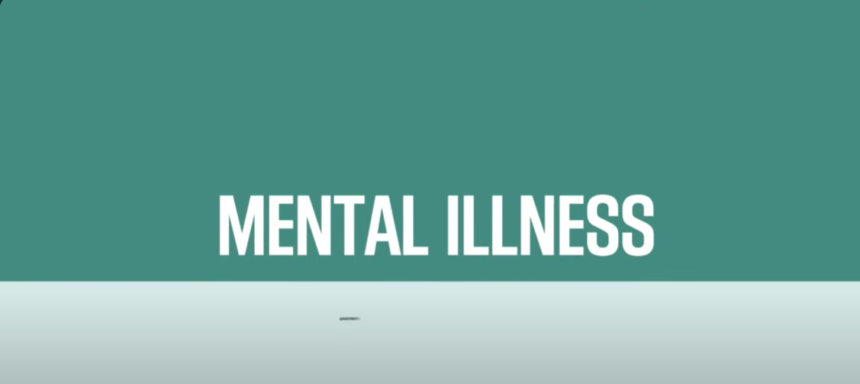The Mental Illness Flag, characterized by its vibrant colors and unique design, carries layers of symbolism that resonate deeply with those affected by mental health challenges. Each element of the flag holds significance, contributing to a collective narrative of understanding and support.
In the realm of mental health advocacy, symbols hold profound meaning. They serve as visual representations of shared experiences, struggles, and resilience. One such symbol that has gained prominence in recent years is the mental illness flag. Designed to represent solidarity, awareness, and acceptance, this flag embodies the complexities of mental health conditions and stands as a beacon of hope for millions worldwide.
Features of the Mental Illness Flag
The Mental Illness Flag, characterized by its vibrant colors and unique design, carries layers of symbolism that resonate deeply with those affected by mental health challenges. Each element of the flag holds significance, contributing to a collective narrative of understanding and support.
Also read-The Profile Plan Diet: A Complete Guide To Losing Weight

At the forefront of the flag is the color green, a symbol of growth, hope, and renewal. Green represents the journey of healing and recovery, emphasizing the resilience and strength inherent in individuals living with mental illness. It serves as a reminder that, amidst the darkness, there is always the potential for growth and transformation. Interwoven with green are bold stripes of purple and blue. The color purple, often associated with creativity and wisdom, symbolizes the diverse range of experiences within the mental health community. It acknowledges the complexities of mental illness and the need for compassion and empathy in addressing these challenges. Blue, a color commonly associated with tranquility and stability, represents the pursuit of balance and emotional well-being. It underscores the importance of mental health support systems and resources in fostering resilience and empowerment.

Central to the design of the Mental Illness Flag is the iconic semicolon, a powerful symbol of mental health awareness and suicide prevention. The semicolon serves as a poignant reminder that one’s story is not defined by their struggles, but rather by their resilience and perseverance. It represents the choice to continue one’s narrative, despite the challenges and obstacles that may arise. The inclusion of the semicolon in the flag underscores the importance of destigmatizing conversations surrounding mental health and promoting a message of hope and solidarity.

Symbol of the Mental Illness Flag
As a symbol of unity and support, the Mental Illness Flag plays a crucial role in raising awareness and advocating for mental health initiatives. Its vibrant colors and powerful symbolism serve as a catalyst for meaningful conversations surrounding mental health, challenging stigma, and fostering a sense of community among individuals affected by mental illness. The Mental Illness Flag serves as a reminder that mental health is an integral component of overall well-being and deserves the same attention and support as physical health. By embracing the symbolism of the flag, communities worldwide can come together to promote understanding, acceptance, and resilience in the face of mental health challenges.

In recent years, the mental illness flag has gained widespread recognition and acceptance within the mental health community. It has become a symbol of empowerment and solidarity, uniting individuals from diverse backgrounds in their shared experiences of mental health struggles and triumphs. Furthermore, the Mental Illness Flag serves as a call to action, urging societies to prioritize mental health awareness and support. By prominently displaying the flag in public spaces, organizations, and events, advocates can spark meaningful conversations and inspire positive change in attitudes towards mental health.

conclusion of the Mental Illness Flag
In conclusion, the Mental Illness Flag stands as a powerful symbol of solidarity, awareness, and acceptance within the mental health community. Its vibrant colors and profound symbolism serve as a beacon of hope for individuals affected by mental illness, while also challenging stigma and promoting understanding on a global scale. As we continue to advocate for mental health initiatives, let us embrace the symbolism of the Mental Illness Flag and work together towards a future where everyone has access to the support and resources they need to thrive.

Also read-Diet 101 For The Autoimmune Protocol (AIP): Advice, Methods Of preparation, And Planning Lists
images source: Google
Disclaimer: The opinions and suggestions expressed in this article are solely those of the individual analysts. These are not the opinions of HNN. For more, please consult with your doctor




































